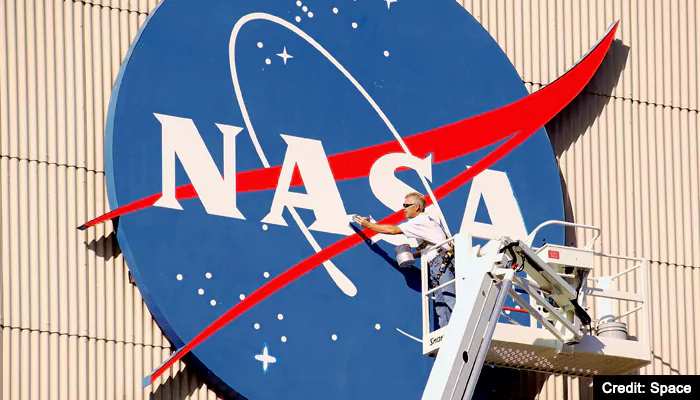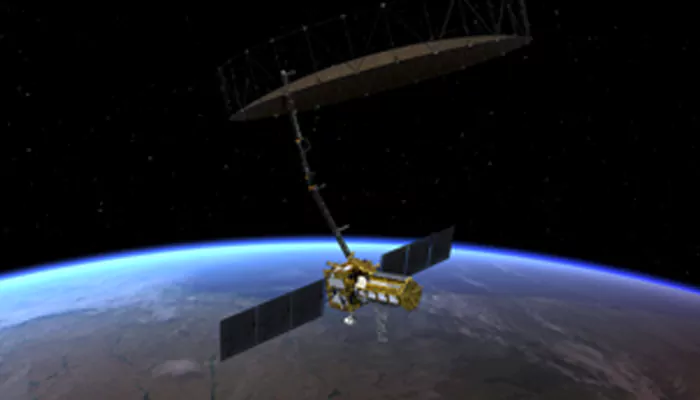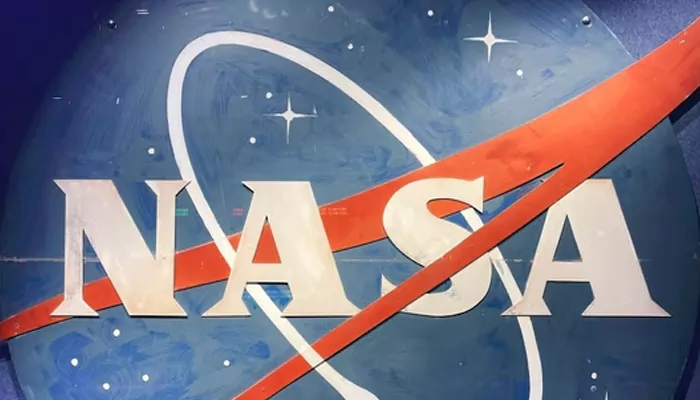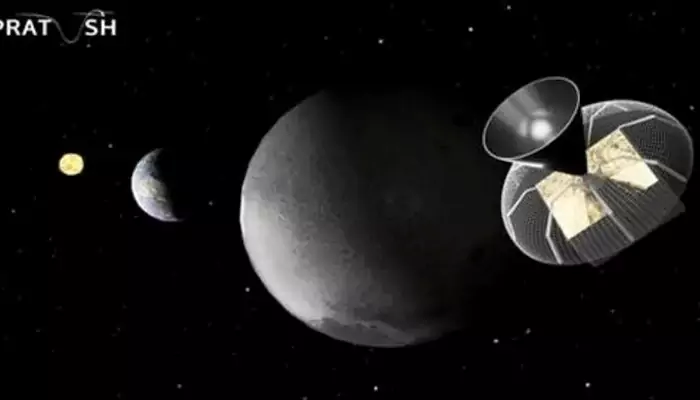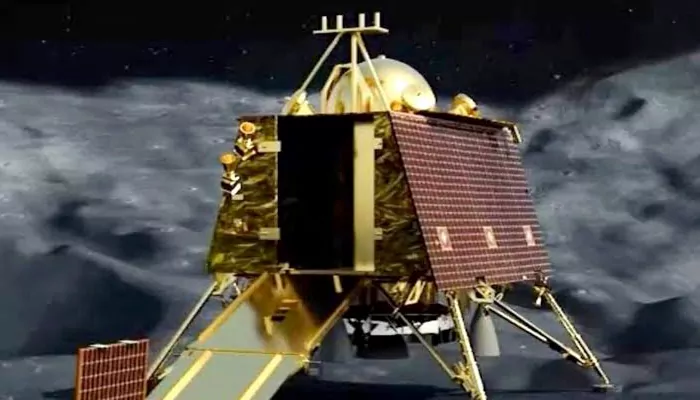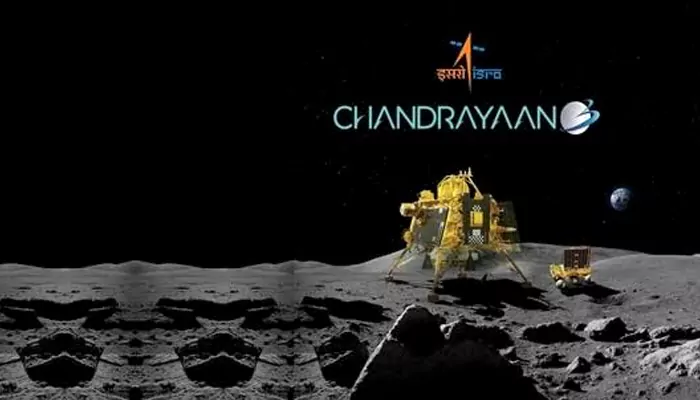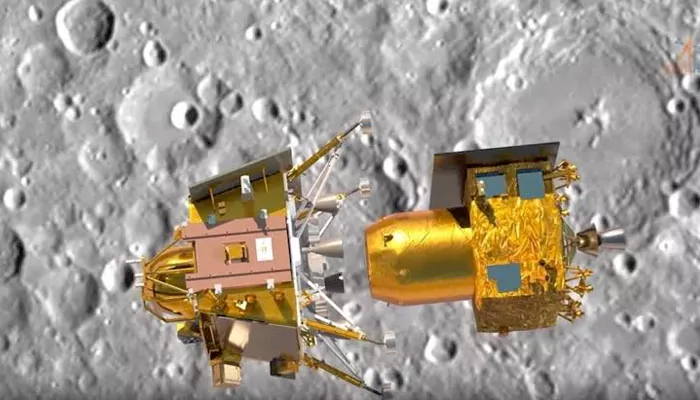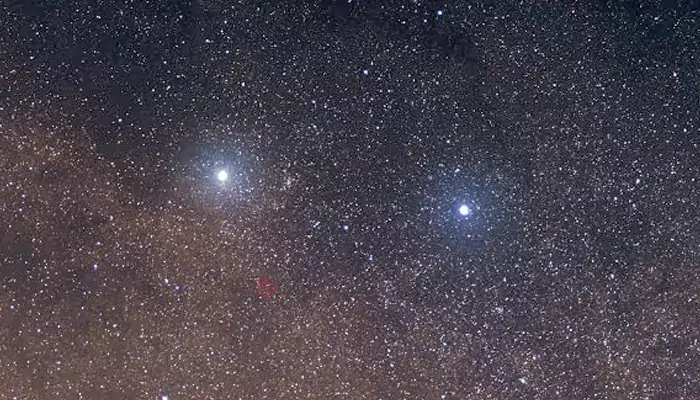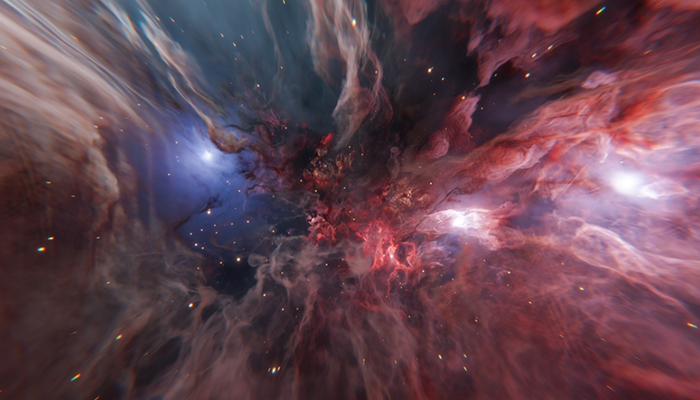Oct. 22: Chandrayaan-1 Was Launched In 2008; What Were Its Major Achievements?
- Soham Halder
- 1 year ago
- 3 minutes read

The first-ever Indian lunar probe, Chandrayaan-1 was launched by ISRO on October 22, 2008.
This massive feat was not only a testament to ISRO's capabilities but also a ray of hope for a nation that has long aspired to become the part of elite club in space exploration. It was a culmination of extensive planning and implementation. On the 16th anniversary of this historic spacecraft launch, we discuss about major achievements of this mission.
Chandrayaan-1 Mission Details:
Using a PSLV-XL rocket, the mission was launched at 00:52 UTC from Satish Dhawan Space Centre, at Sriharikota, Andhra Pradesh. Comprising orbiter and an impactor, the vehicle was inserted into lunar orbit on 8 November 2008 and both operated till August 2009. This Rs. 386 crore (US$88.73 million) mission made ISRO the 5th national space agency to reach the lunar surface after Soviet Union (1959) the US (1962), Japan (1993), and ESA member states (2006).

Major Achievements of Chandrayaan-1:
India’s first deep space mission, Chandrayaan-1 had two major objectives: orbiter for reaching lunar orbit and impactor for dispatching on the surface. The impact site was later named as ‘Jawahar Point’ or ‘Jawahar Sthal’, near the Shackleton Crater. The name was suggested by former president A.P.J. Abdul Kalam. Meanwhile, it was a hard landing on the lunar surface on 14 November 2008.
The “spacecraft orbited around the Moon at a height of 100 km from the lunar surface and provided chemical, mineralogical and photo-geologic mapping of the Moon,” according to ISRO website. In addition to the five Indian instruments, the spacecraft carried scientific equipment from the US, the UK, Germany, Sweden, and Bulgaria.

Credit - X/@NASA
Presence of Water: The most groundbreaking achivement of this mission was addressing the questions about presence of water on lunar surface. The American M3 instrument detected “absorption on the polar regions of the surface of the Moon usually linked to hydroxyl- and/ or water-bearing molecules,” as mentioned in NASA website. ISRO declared: “This was a pathbreaking discovery”. In 2013, presence of water on lunar surface was officially confirmed.
Surface Feature Visualization: Chandrayaan-1 mapped the lunar surface in visible, infrared (IR), and X-ray light that created in-depth visualization of surface features followed by 3D models of craters.
Detected Minerals: The mission found the presence of magnesium, aluminum, and silicon on the lunar surface. This helped in understanding history and formation of the Moon.
Volcanic Activities: Chandrayaan-1 observed spots of recent volcanic activities like lava ponds, lava channels as well as volcanic vents. The scientists have identified “buried lava tube”, a potential area for human habitat in the future.

Credit - @isro X handle
ISRO has announced this mission as a “success” for fulfilling at least 95% of its primary objectives. Chandrayaan-1 was followed by unsuccessful attempt (chandrayaan-2) of soft landing on lunar surface. Eventually, ISRO became successful in conducting soft landing of Chandrayaan-3 in 2023.
Recently, ISRO chief S Somanath confirmed the launch of Chandrayaan-4 in 2028. ISRO's groundbreaking efforts remind us that the space exploration is not just a frontier for the few but a it's definitely a domain of possibilities for the humanity.

